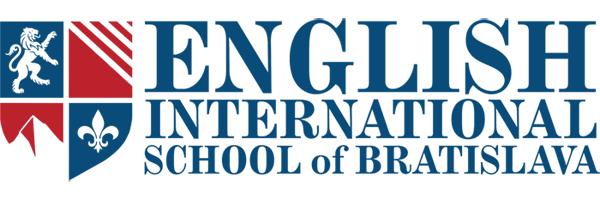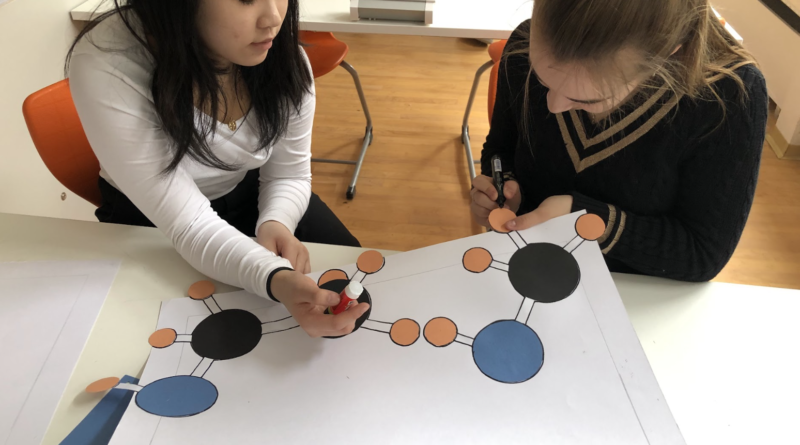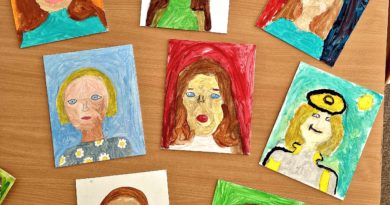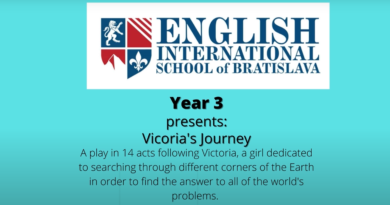Why hands-on activities?
As I was preparing the units for the new year I reflected on the past year’s lessons and analysed what went good and what should be improved. Every year, I witness evidence of the advantages of various forms of practical work and hands-on activities. I have observed significant enhancements in students’ comprehension, engagement, and self-confidence when theory is complemented by practical application.
What have a I learned:
- students are more involved, even those who usually sit quiet and/or don’t want to participate
- students’ curiosity and inquiry skills grow and improve
- students get better picture how theory works in practice
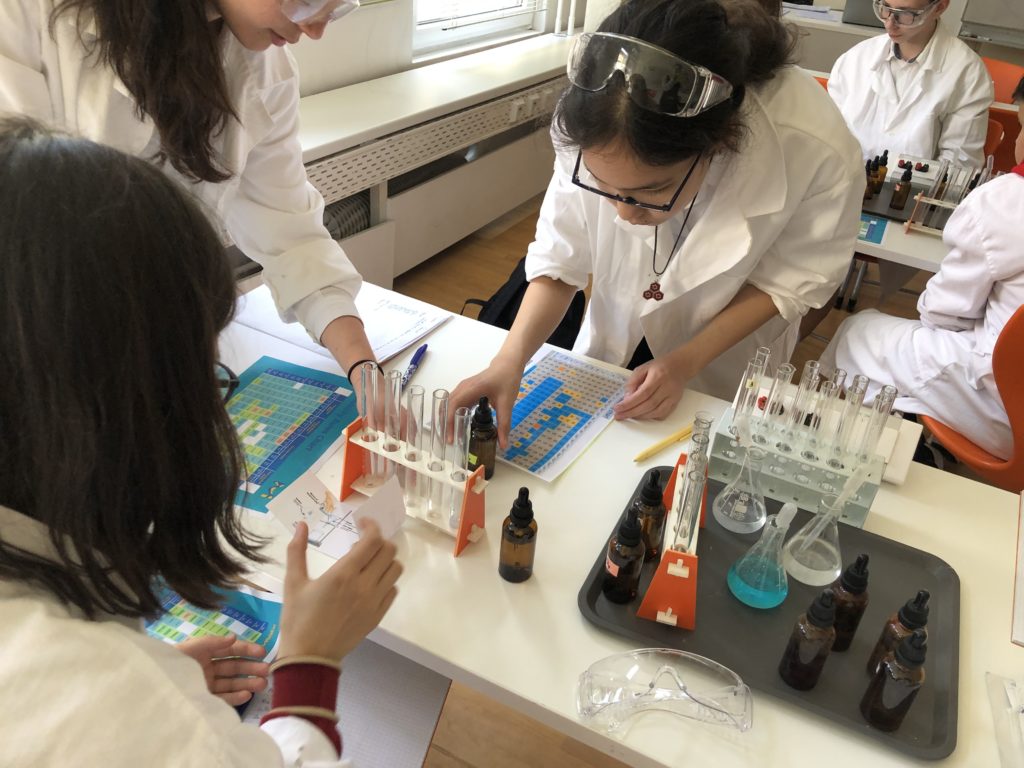
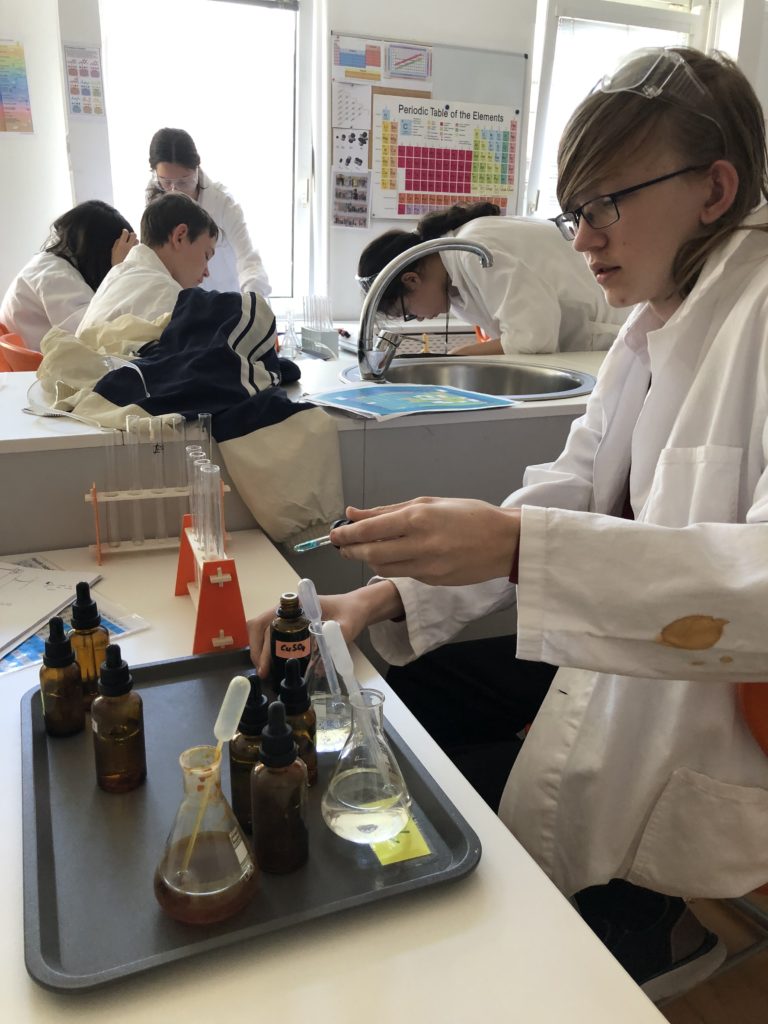
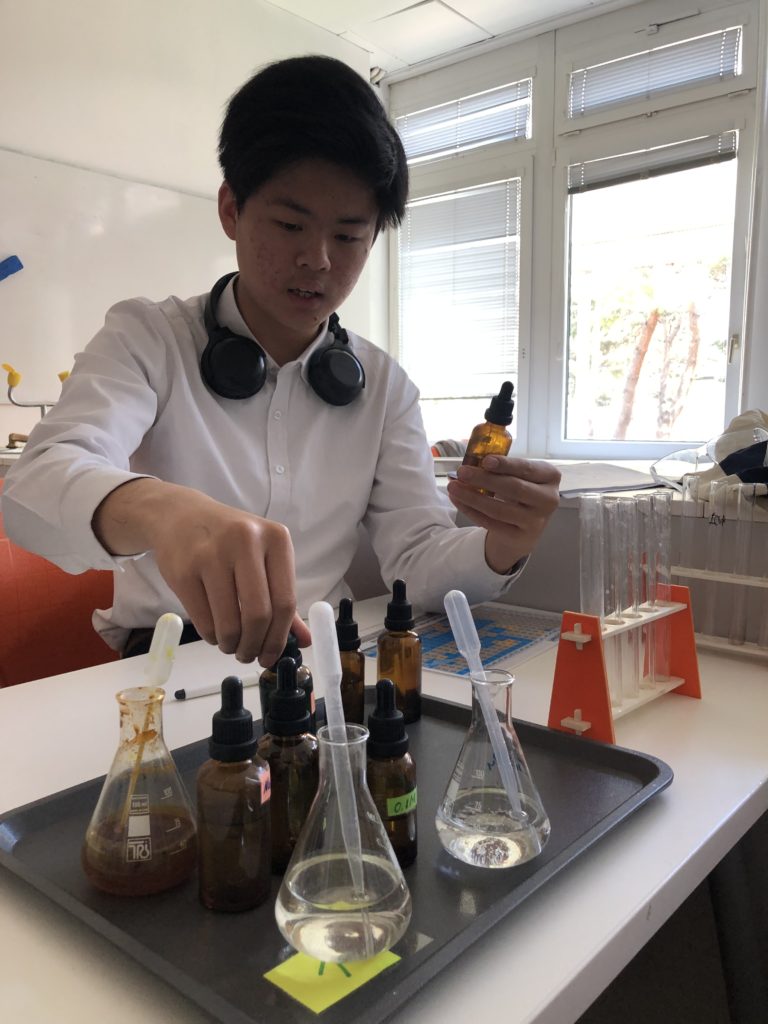
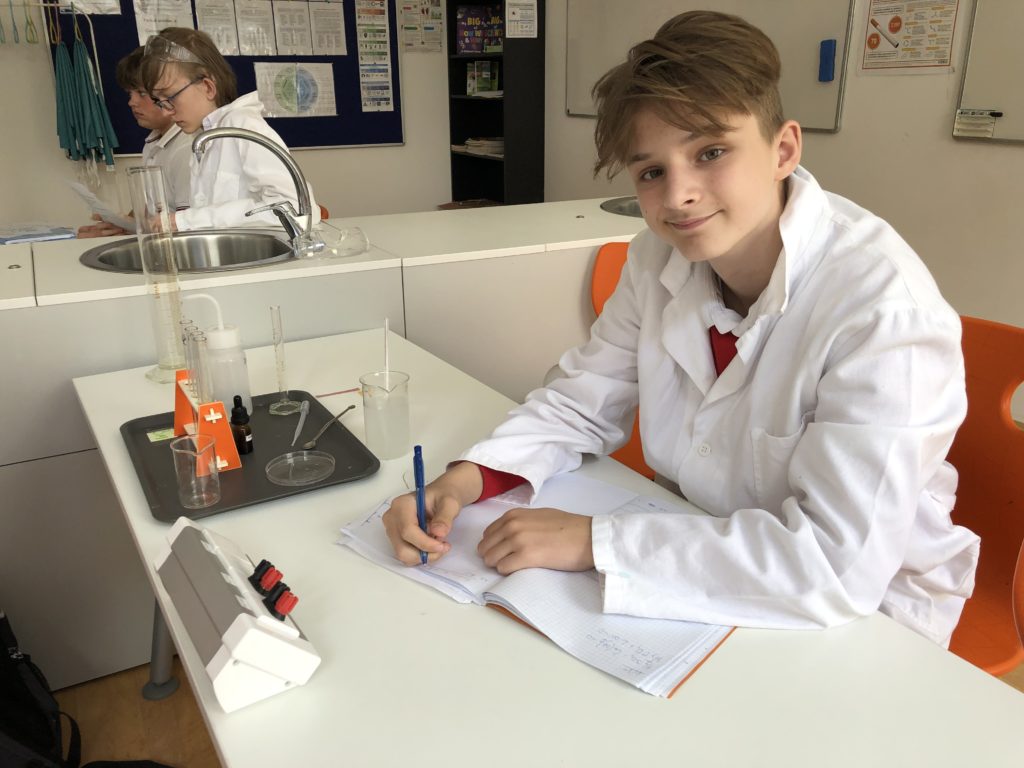
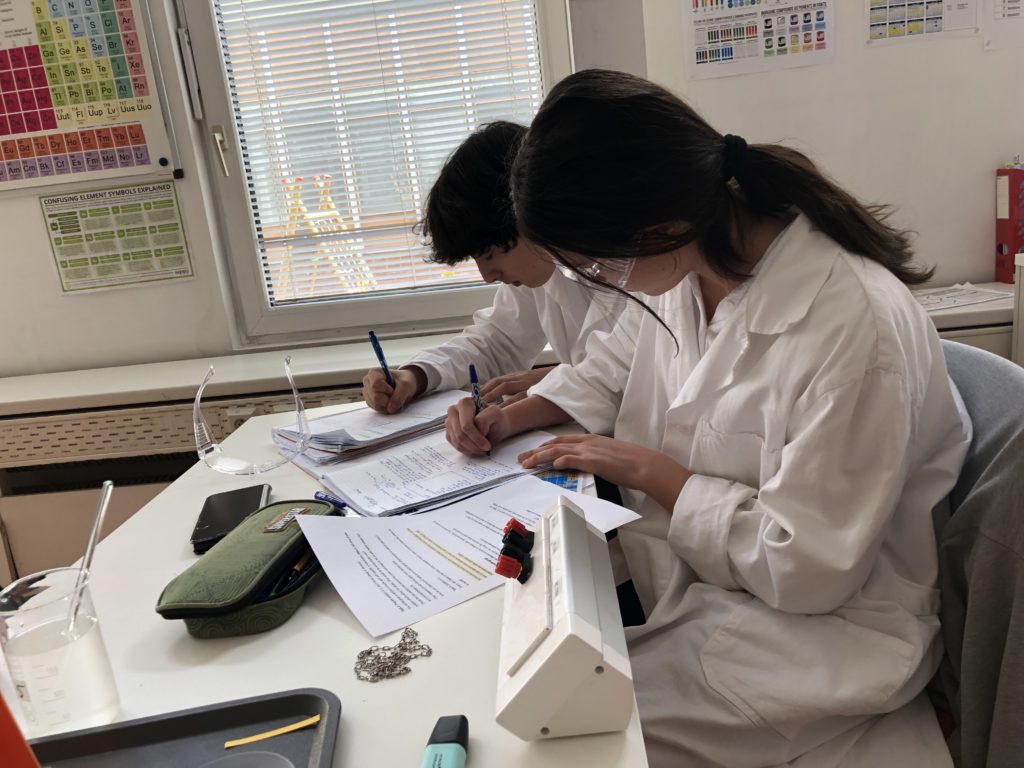
- students have chance to realise if they actually understood the topic or not through explaining it to each other
- students learn how to work with different types of people
- students’ self confidence increase
- students understand math better when they can see it:
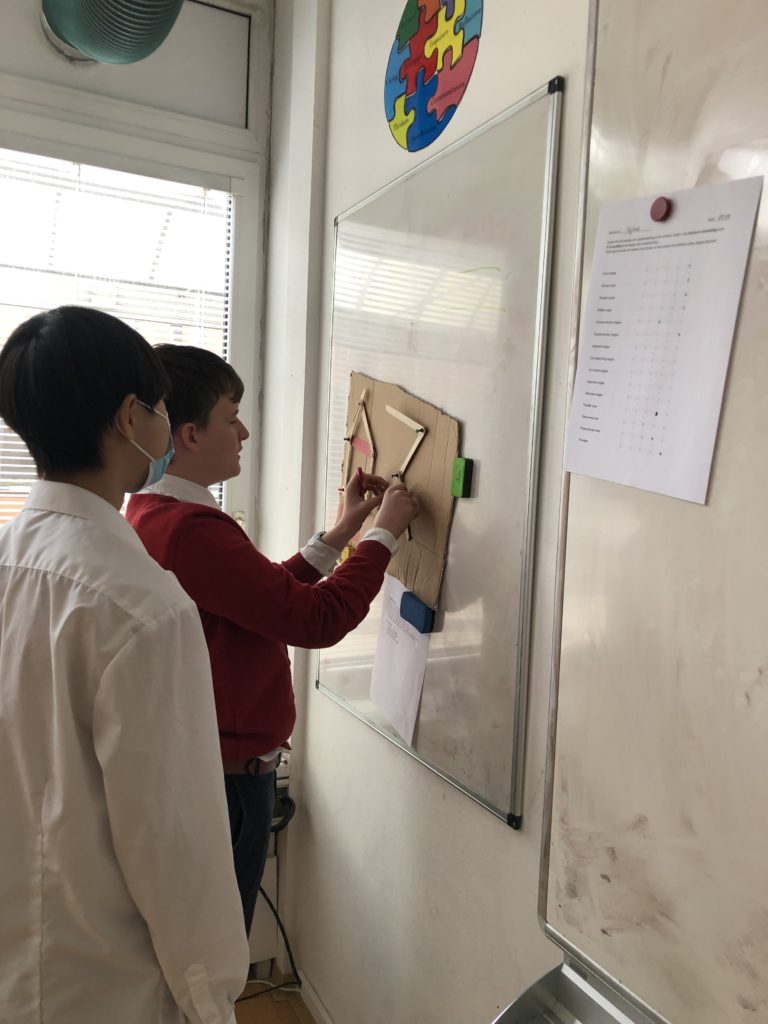
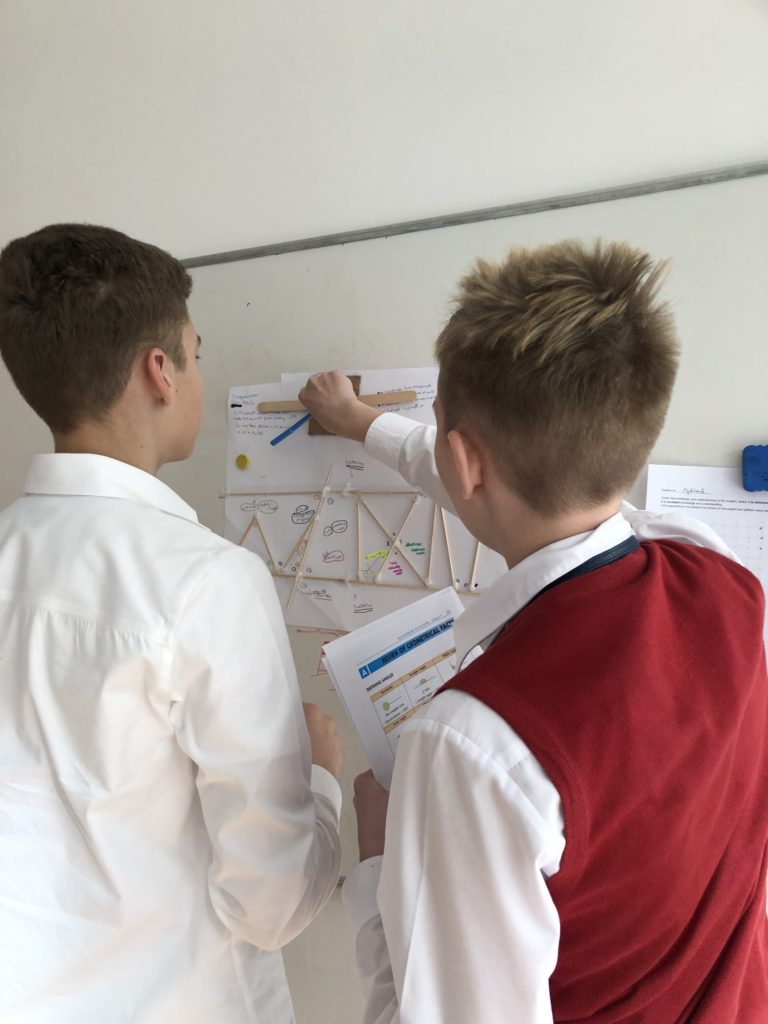
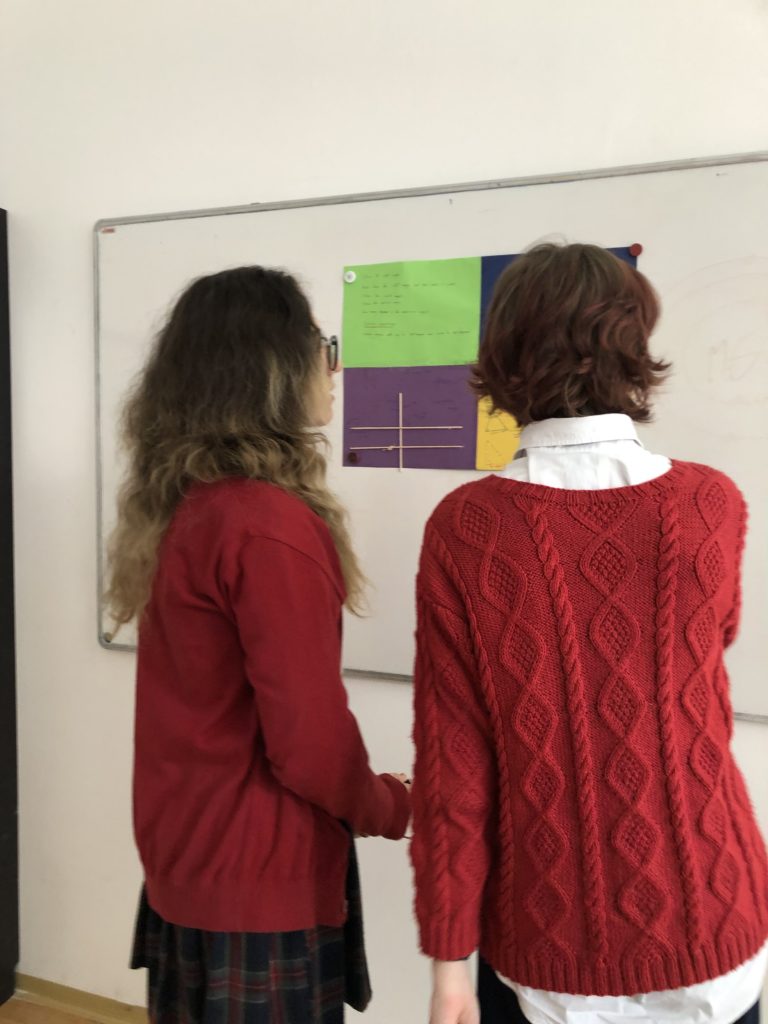
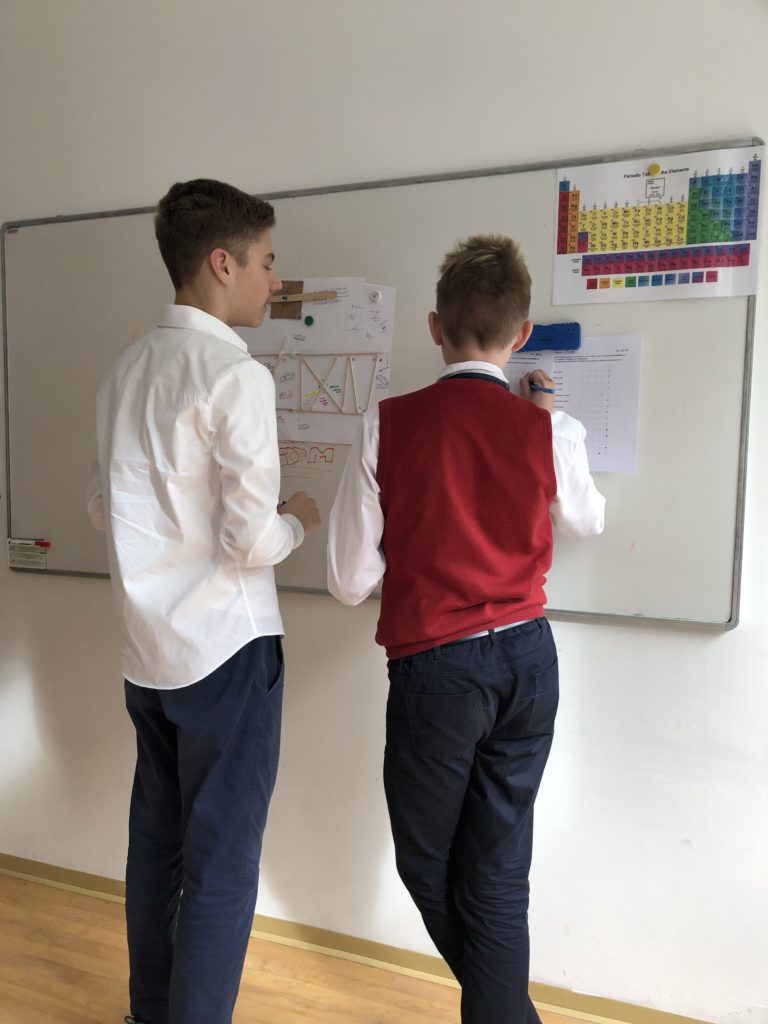
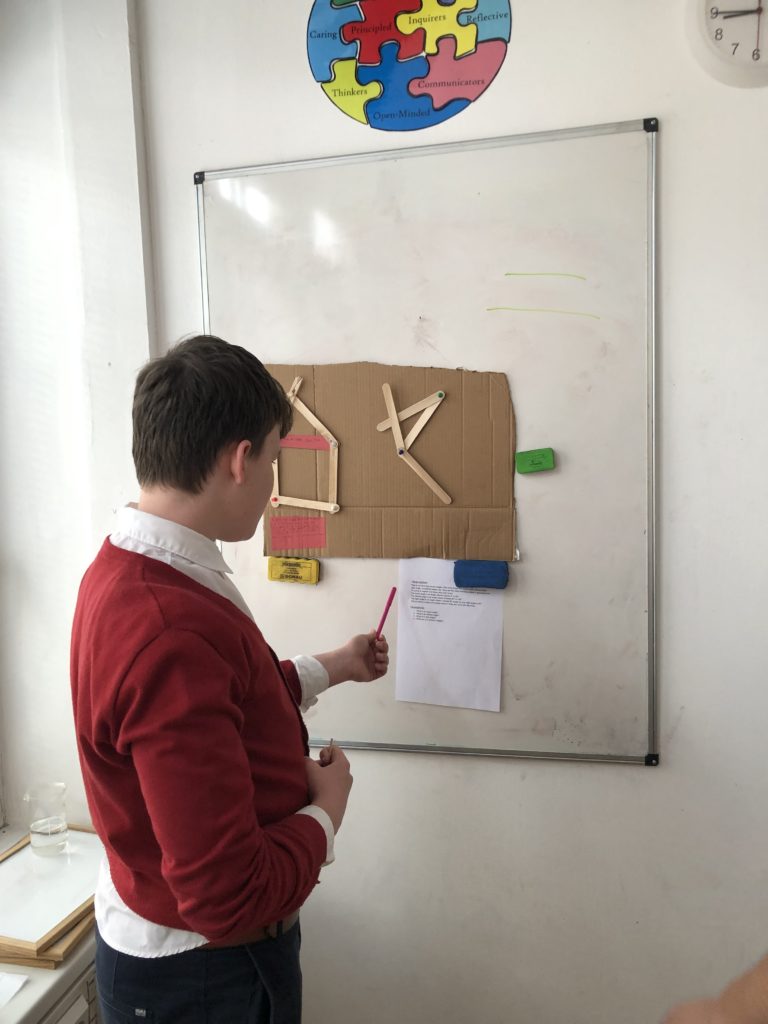
- students overcome some of their fears (working with others, communication, handling chemicals or fire, teachers’ comments, making mistakes, etc)
- when students enjoy and have fun, they will remember the topic better.
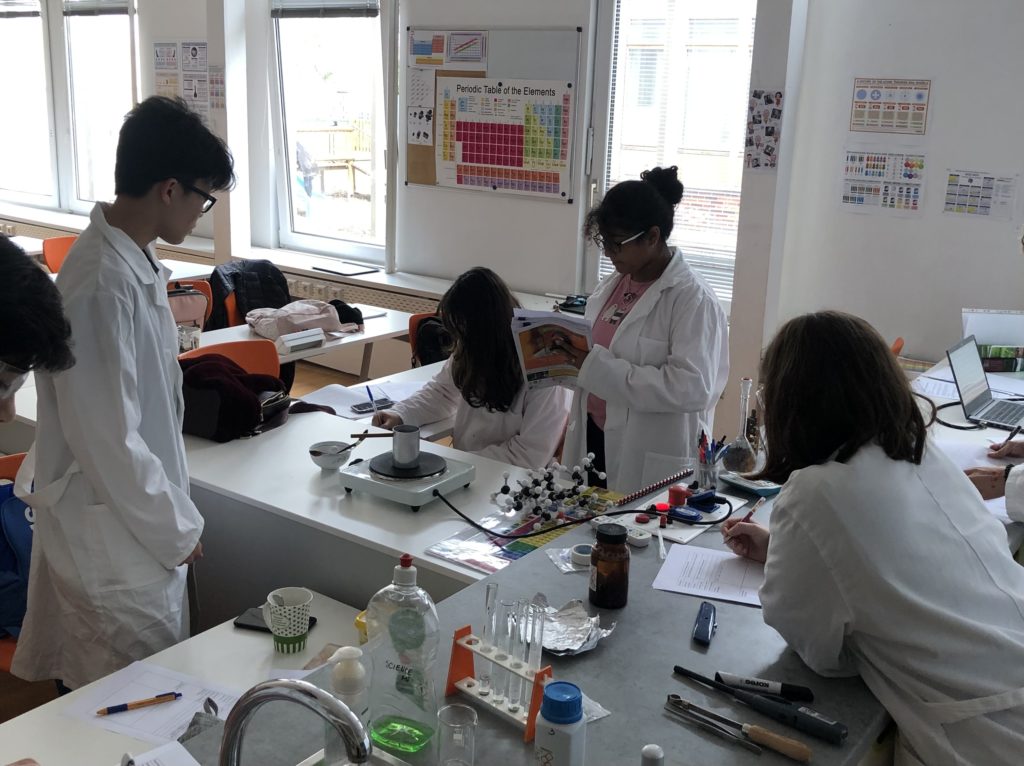
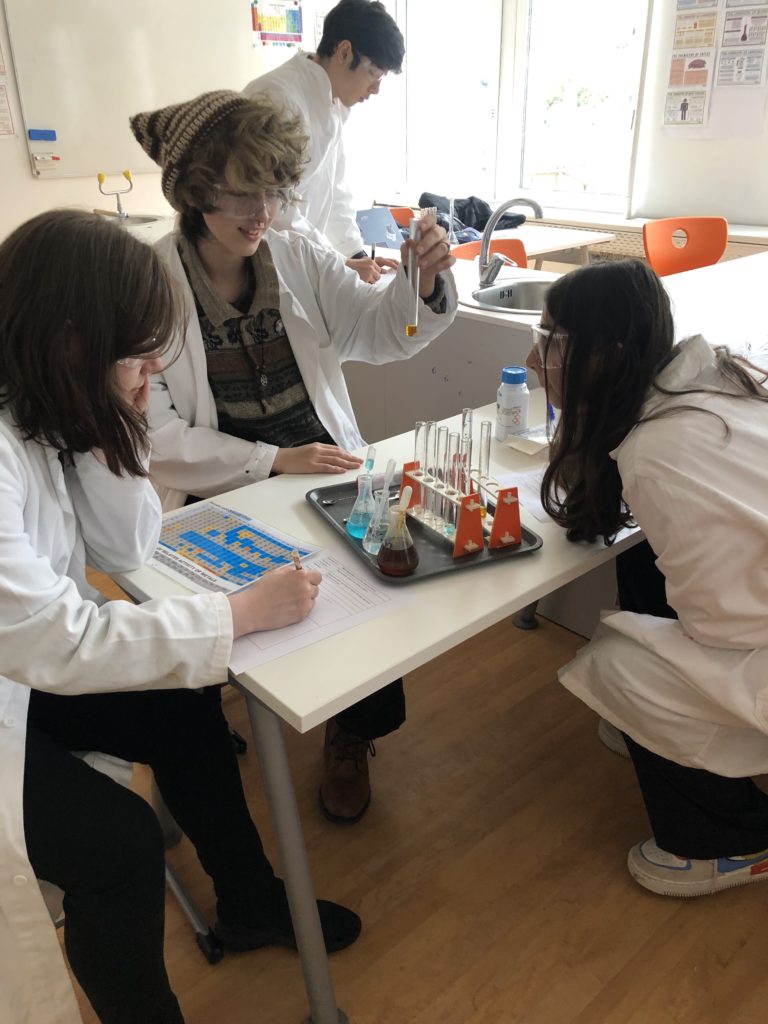
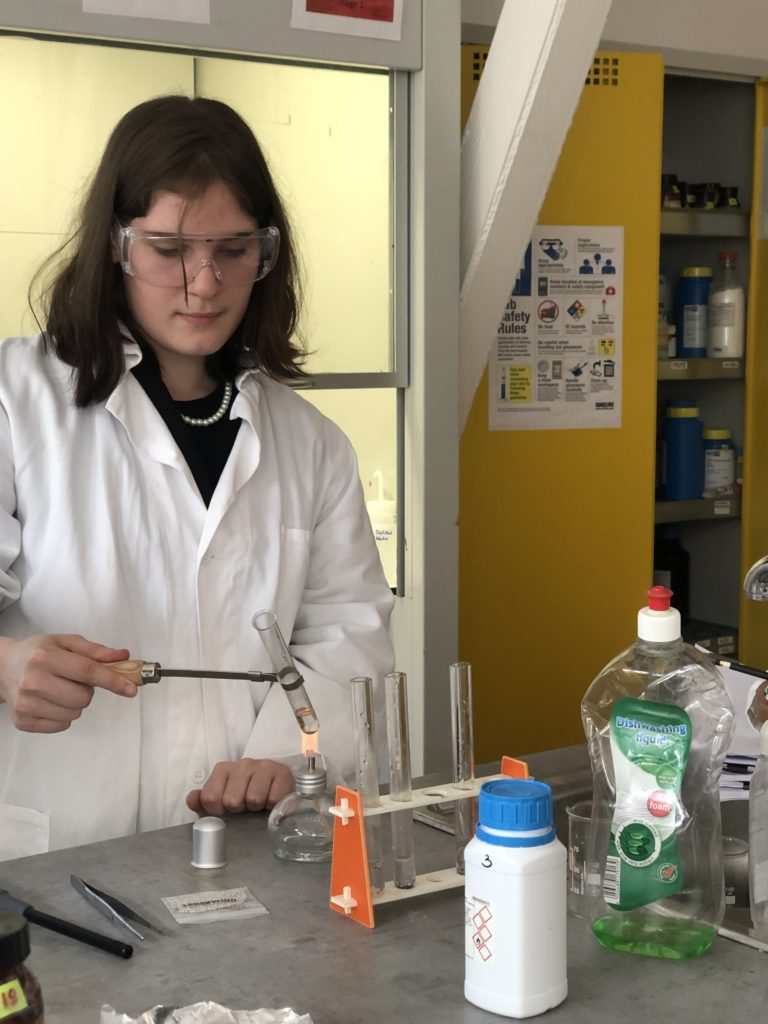
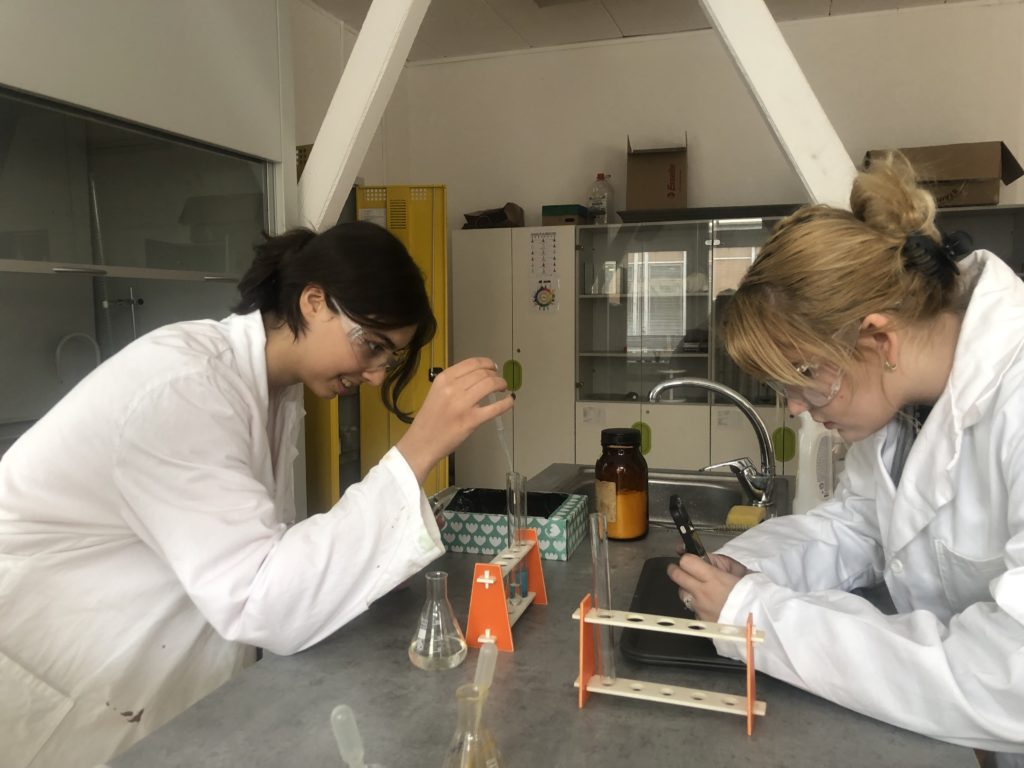
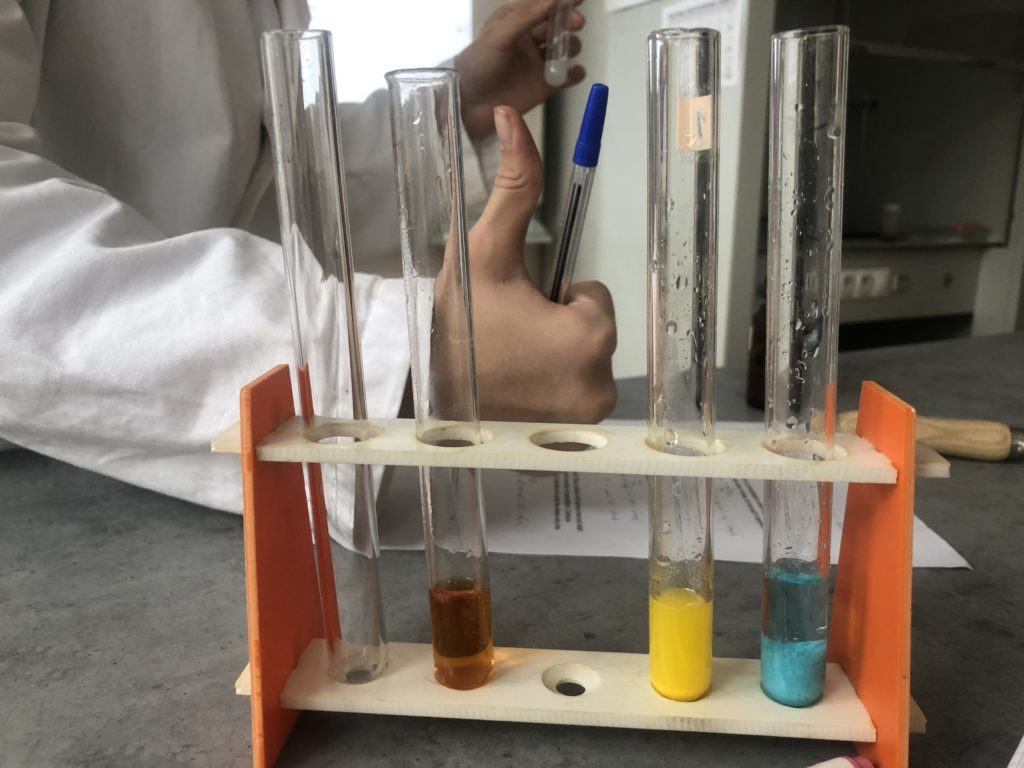
I also saw the major drawbacks and weaknesses of the students that I will try to work on this year, like:
- poor (academic) communication skills
- weak terminology knowledge
- short memory, not seeing connections and relevance
- inefficient critical thinking skills
- not following instructions
In conclusion, hands-on activities are a powerful educational tool that offers numerous benefits, from enhancing understanding to fostering creativity and teamwork. They create an engaging and memorable learning experience that can leave a lasting impact on students’ knowledge and skills, making them a valuable addition to any classroom.
Looking forward to see how much our students will grow this year 🙂
